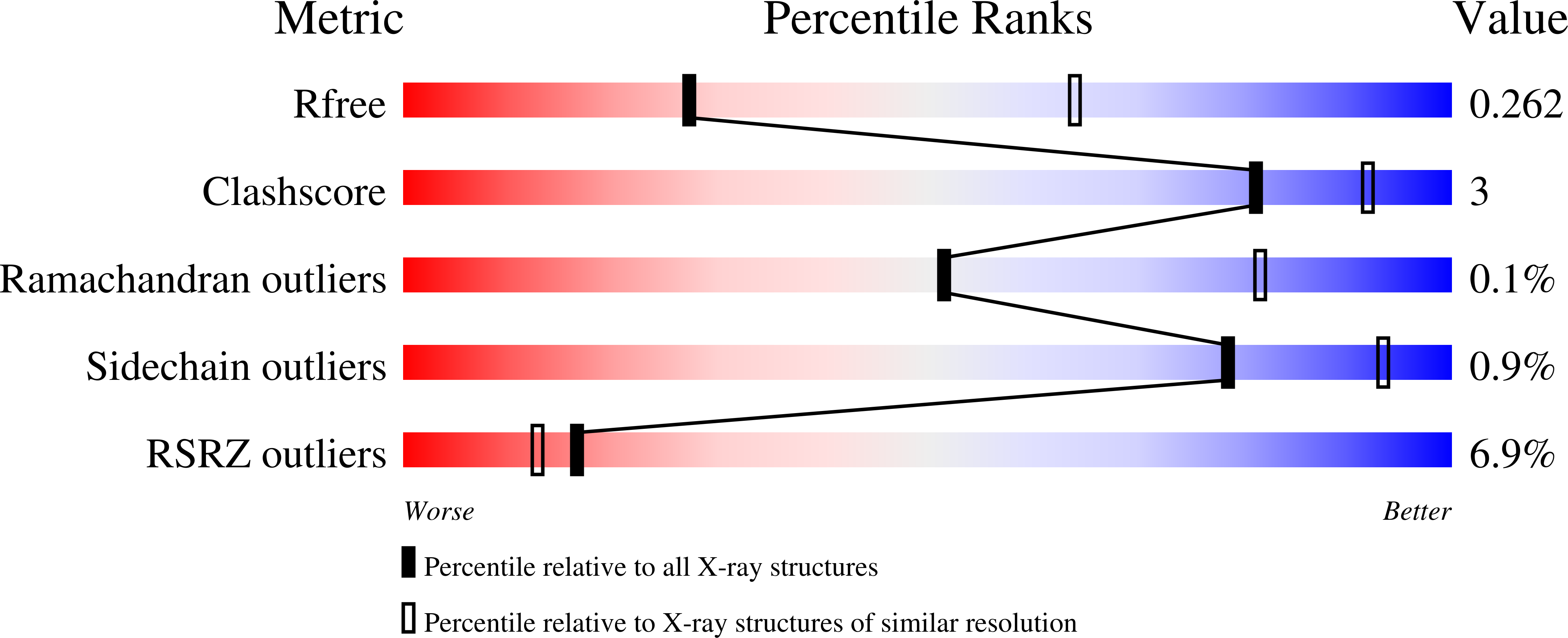
Deposition Date
2023-08-27
Release Date
2024-05-01
Last Version Date
2024-11-13
Entry Detail
Biological Source:
Source Organism:
Human coronavirus OC43 (Taxon ID: 31631)
Vicugna pacos (Taxon ID: 30538)
Vicugna pacos (Taxon ID: 30538)
Host Organism:
Method Details:
Experimental Method:
Resolution:
2.90 Å
R-Value Free:
0.26
R-Value Work:
0.22
R-Value Observed:
0.22
Space Group:
P 21 21 21


